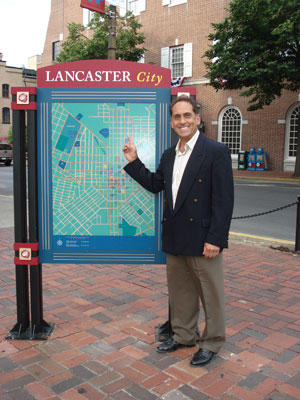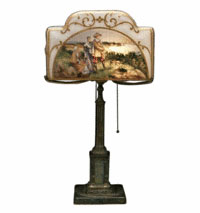
RHINEBECK, N.Y. – Barn Star Productions and Frank Gaglio will unveil a new antiques event this year. The Lancaster Antiques and Fine Arts Show will be held in Lancaster, Pa., Dec. 5 and 6, 2009.
Located in the brand new Lancaster County Convention Center, the inaugural show will present a vast array of Americana, folk and fine art, antique toys and banks, fine estate jewelry, ceramics and pottery, American and English silver, samplers and textiles, early iron, brass and lighting. European goods made for the American market, Oriental and hooked rugs and many more categories round out the roster.
Lancaster is one of the oldest inland cities in the United States. German immigrants, known as the “Pennsylvania Dutch,” were the first to settle the area. Their influence is seen around the city’s historic neighborhoods in the small log houses, farmhouses, row houses, market houses, carriage houses, warehouses, and outhouses, as well as stately mansions, factories, churches, schools and commercial buildings. East Vine Street, where the show is located, is considered to be one of the earliest commercially developed sections of the city, with some of the structures dating back nearly 300 years.
Comments show promoter Frank Gaglio, “The history and local flavor of beautiful Lancaster County, Pennsylvania presents a serene and natural landscape painting to many visitors of this area. As an antiques dealer myself exhibiting in many shows around Lancaster, I have always skirted the downtown area taking the recently completed Route 30 Bypass West. When I learned of the new convention center downtown, I couldn’t resist the opportunity to check it out, and was I ever pleasantly surprised.”



